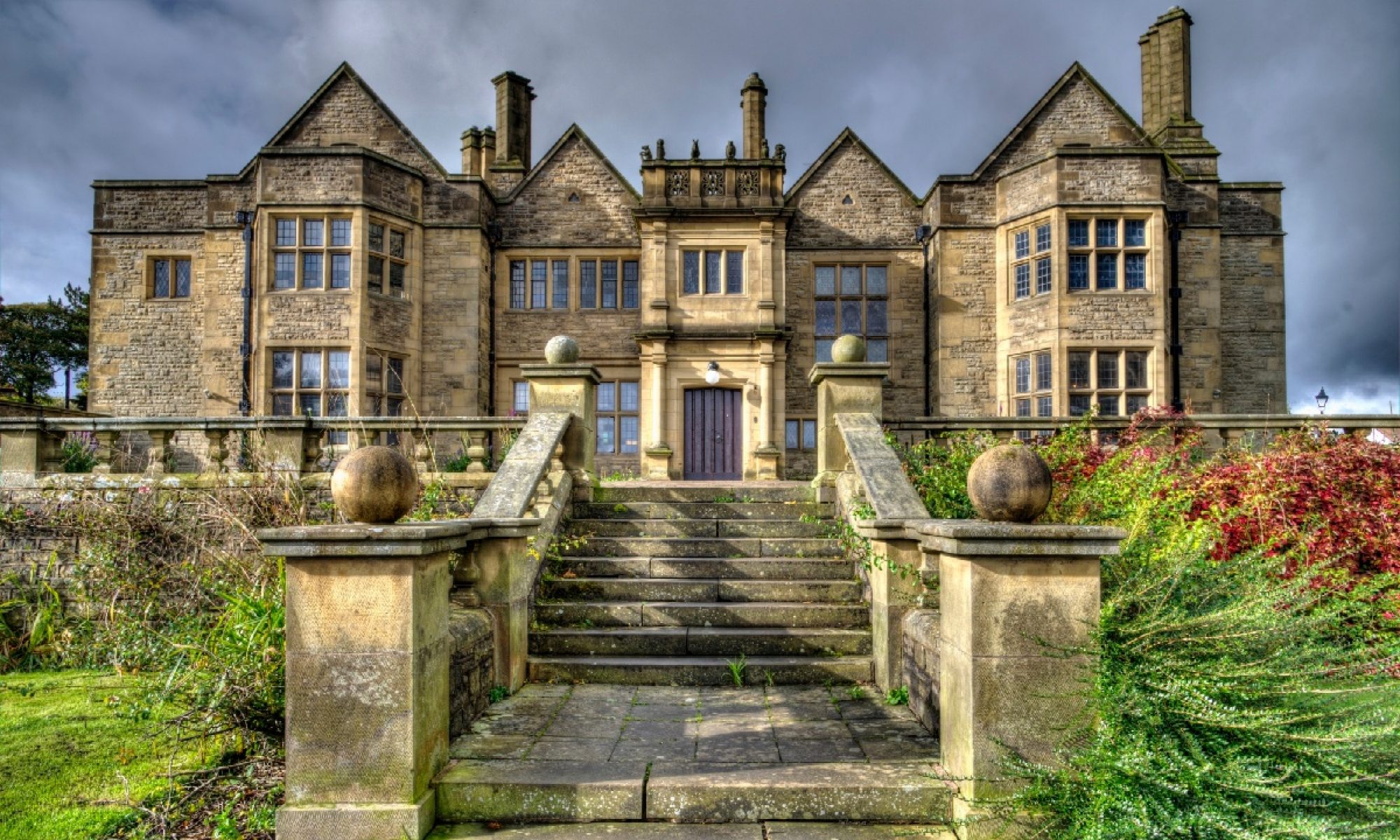
Spring bulbs in bloom, branches heavy with apple blossom, trailing racemes of laburnum and wisteria, each illuminated in stunning clarity, as vivdly as in nature. The bright botanicals of Tiffany lamps are a phenomenon of design, but the little-known history behind their creation is equally astonishing.
While Louis Comfort Tiffany was always the marquee name at the forefront of Tiffany Studios (and a carefully maintained brand image), much of Tiffany’s creative work was carried out in anonymity by a large team of designers and artisans. Although the Tiffany staff was largely male, women soon became a key part of the workforce. From 1892 onwards, a critical part of of the cohort comprised a creative powerhouse of women: the self-annointed ‘Tiffany Girls’. They worked in the Women’s Glass Cutting Department, a separate division within the otherwise male design team. The department was led by a remarkable woman whose artistic talents played an enormous but publicly underrepresented role in the company’s prodigious output.
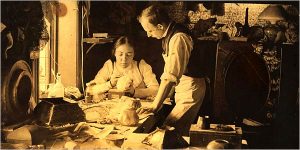
Clara Driscoll, a skilled designer and artist in glass, created many of the company’s most beautiful and innovative designs, including iconic dragonfly and wisteria lamps, striking peony and poppy lamps and various other floral filigree lamp designs illustrated here. In fact, according to recent research detailing the history of Driscoll’s influence and the work of the women designers: “It was possibly Clara who hit upon the idea of making leaded shades with nature-based themes,” A major element of the Tiffany brand.
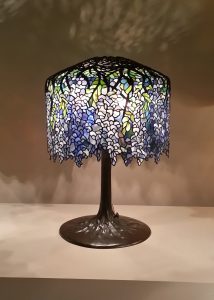
Clara counted many skilled and artistically adventurous women among her team, including Agnes Northrop, another talented and prolific designer, but the demands of the work meant that it was not a job for any artist, regardless of her abilities. As inconceivable as it may seem in our times, women could only be employed at the Studios if they were single. Clara was obliged on two separate occasions to leave her job, the first of which when she was engaged to be married. She returned to work after the untimely death of her husband, but left again when she became engaged for a second time. This engagement ended in the mysterious disappearance of her fiancé and Clara’s ensuing third term at Tiffany was her longest and most prolific. During this time she was also responsible for managing the now sizeable department of some 35 women.
The origin of the Tiffany Girls was in part due to threatened industrial action by the Studios’ male designers as a hedge against strikes by the all-male union. The same union subsequently tried to oust their female colleagues. They failed to do so, but during these negotiations, Clara won the right for the women’s department to have sole responsibility for the design and creation of the Studios’ lamp creations, perhaps the most iconic part of the Tiffany brand. Clara was so highly regarded by Tiffany that he even paid her at the same level as some of her male counterparts (a level of equality still not always afforded to female workers)!
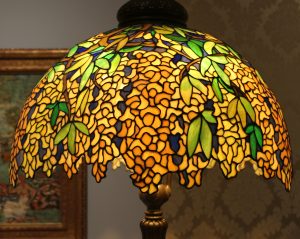
Bearing in mind that this was the late 1800s to early 1900s, these accomplishments were all the more astonishing. In an era when women on both sides of the Atlantic were fighting for the basic equality of the right to vote, this group is notable for being in the vanguard of influential women in the workplace. The so-called Tiffany Girls were quite literally at the cutting edge of their times.
This particular piece of Tiffany Studios’ history came to public attention only in recent years after the discovery of numerous letters Clara had written to friends and family, in which she described the extent and detail of her work for Tiffany. Many of the letters had been collected by the Queens Historical Society in New York and Kent State University, Ohio, but it was the attentions of three individual art historians which crystalised their significance in Tiffany’s history.
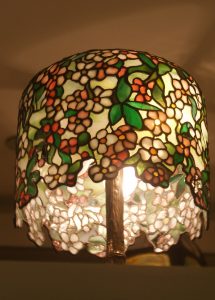
The late Nina Gray , with Martin Eidelberg and Margaret Hofer each became aware of the letters within a short time of each other and joined forces in bringing them to public attention. Eidelberg, an art history professor at Rutgers University, and Gray, who had been a curator at the New York Historical Society learned of each other’s work and involved Hofer, a former colleague of Gray’s at NYHS, and now Museum Director there. The three collaborated on an exhibition to showcase their findings at NYHS and on a book, ‘A New Light on Tiffany, Clara Driscoll and the Tiffany Girls’. These highlight the contents of the letters, the story of the women and the designs themselves. If not for the letters and the focus of the book’s authors, the artistically critical role of Clara and the Tiffany Girls would have continued to remain obscure.
It seems likely therefore that a proportion of the Haworth’s own collection of Tiffany works would have been designed and created by the Tiffany Girls, whose own lights were for so long hidden under the proverbial bushel. The photographic evidence of Clara at work under the watchful eye of Joseph Briggs is another touchstone of the Tiffany connection to Accrington and a tangible thread across the years and the miles to these extraordinary talents.
